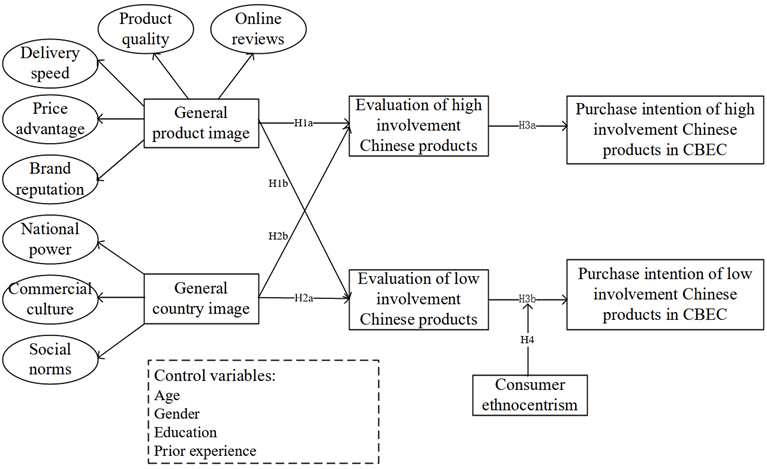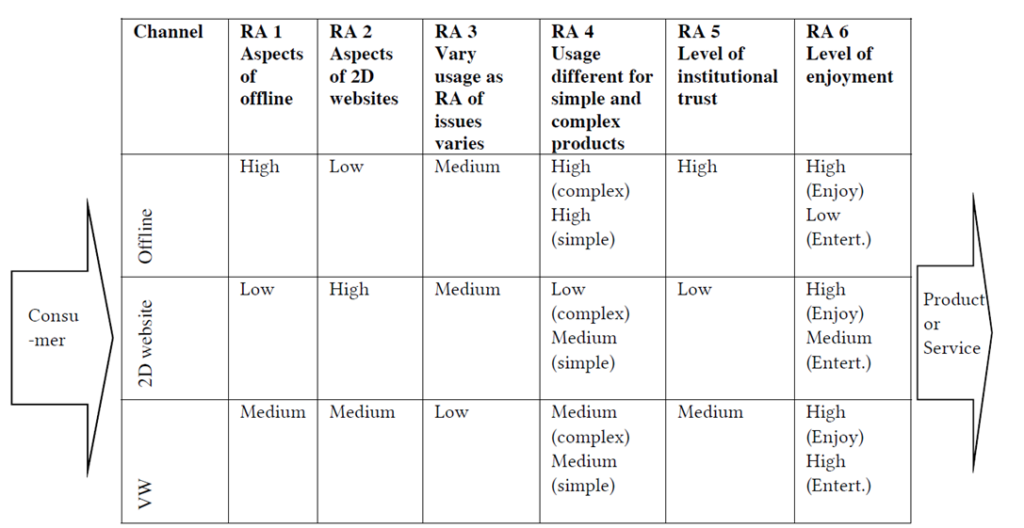Dr Alex Zarifis
This research explores the beliefs of a consumer from outside China, that is buying Chinese products. The findings highlight the importance of the cues of the country-of-origin, on foreign consumers’ intention to purchase Chinese products. The results also enhance our understanding of consumers’ beliefs on purchasing foreign products in general (Bao et al., 2022).
There are three practical implications:
Firstly, this study highlights several significant factors that may enable e-commerce managers, to strengthen consumers’ intention to purchase Chinese products. Cross-border e-commerce platforms should improve product quality, brand image, control cost and follow international business norms, as these act as a guarantee for foreign consumers.

Figure 1. Impacts of country-of-origin image on product evaluation and purchase intention
Secondly, cross-border e-commerce platforms should provide different advertising or marketing strategies for products with different levels of involvement. For example, for low-involvement products, managers should put more advertising effort into the product itself, and emphasize the quality of the product, and the high speed of delivery. For high-involvement products, marketing should emphasize the image of the product’s country of origin.
Thirdly, consumers’ nowadays may perceive more external-product cues, instead of the product itself. Cross-border e-commerce platform managers should be aware that the image of the product’s country of origin, heavily influences the consumers’ perceived product value. Nevertheless, they should also pay attention to the cross-border e-commerce company’s social norms, and develop effective policies to maintain consumers’ interests and rights.
Reference
Bao Y., Cheng X. & Zarifis A. (2022) ‘Exploring the impact of country-of-origin image and purchase intention in cross-border e-commerce’, Journal of Global Information Management, vol.30, iss.2, pp.1-20. https://doi.org/10.4018/JGIM.20220301.oa7 (open access)

